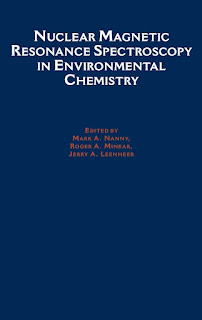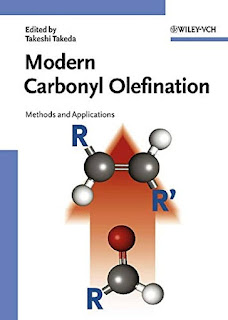Nuclear magnetic resonance (NMR) is arguably the most powerful and versatile tool in modern science. It has the capability to solve complex structures and interactions in situ even in complex heterogeneous multiphase samples such as soil, plants, and tissues. NMR has vast potential in environmental research and can provide insight into a diverse range of environmental processes at the molecular level be it identifying the binding site in human blood for a specific contaminant or the compositional dynamics of soil with climate change. Modern NMR-based metabonomics is elucidating contaminant toxicity and toxic mode of action rapidly and at sub lethal concentrations. Combined modern NMR approaches provide a powerful framework to better understand carbon cycling and sustainable agriculture, as well as contaminant fate, bioavailability, toxicity, sequestration, and remediation.
Nuclear Magnetic Resonance Spectroscopy in Environmental Chemistry PDF Free Download
January 10, 2023

You may also like
While this important reaction class is among the most important and most widely used in organic chemistry, this is the first book to summarize the many...
FUNDAMENTAL CHEMISTRY
Diamond-Like Carbon Coatings Technologies and Applications PDF
August 12, 2023
Diamond-like carbons (DLCs) display a number of attractive properties that make them versatile coating materials for a variety of applications, including...
This volume is a compilation of significant papers by leading scientists exploring exciting frontiers of physics. It presents the latest results in well...



Add Comment